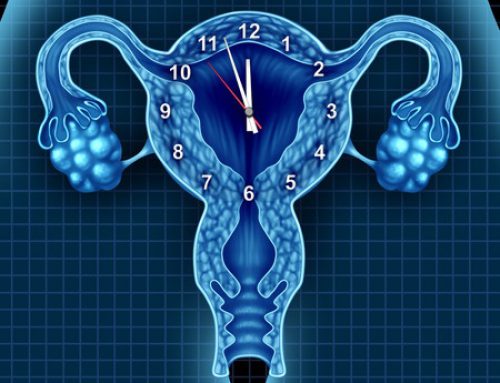“If I had a food allergy, wouldn’t I know it?”
People are often surprised to learn that they have a food allergy. They assume that if they eat something (or their child eats something) and there is not an immediate reaction, then everything must be fine and they are not sensitive to that food. But this type of detective work is likely to miss the more common, and subtler effects of food allergies. An immediate hypersensitivity reaction (involving IgE immune globulin) is noticeable right away with symptoms like hives, itchiness or tingling around the mouth. A delayed hypersensitivity reaction (IgG immune globulin) is less noticeable because it occurs 6-10 days after consuming the food. Because the reaction occurs much later, it is harder for people to pinpoint the allergy. Most people experience this second type of food allergy. In this case, it is likely that the allergen is being consumed on an ongoing basis, which leads to chronic, insidious symptoms that result from consecutive delayed reactions. Patients suffering from migraines/headaches, joint pain/arthritis, skin issues (eczema, psoriasis, rosacea), irritability, anxiety, depression, insomnia, asthma, chronic sinusitis, chronic infections, hay fever, hives, anaphylactic reactions, chronic tonsillitis or chronic colds should explore the possibility of a food allergy. A food allergy can take its toll on the body. The immune system, constantly pre- occupied with fighting off the allergen, is less capable of fighting infections and preventing chronic disease . That’s why it’s very important to identify and avoid food allergens if you suspect them.
Food Allergy Symptoms
Food allergy symptoms vary. Some people are prone to digestive disturbances, while others are prone to neurological symptoms. That said, there are a variety of symptoms commonly associated with food allergies:
- Phlegm
- Post-nasal drip
- Sinus congestion
- Eczema or a rash on the face/hands/scalp
- Join stiffness or pain
- Depression, irritability, moodiness and/or fatigue
- Constipation
- Loose stools
- Brain fog
Identifying Food Allergens
Food sensitivity testing is a valuable tool, but the drawback is that it can be expensive and there isn’t one test that is 100% accurate. It is a good option for people who like to see the actual results on paper to believe it though. The best way to identify a food allergy is to follow an elimination diet. With this diet you avoid all suspected allergens for 4-6 weeks and then reintroduce each allergen one at a time, monitoring yourself for symptoms. It does take extreme diligence to make sure that you get all of the foods out of your diet because it will skew your result if you continue to be exposed to a potential allergen during the duration of your elimination period. Common food allergens include: Gluten, corn, dairy, citrus, soy, tomatoes, peanuts, sugar, processed foods, caffeine and alcohol. When people follow elimination diets, they typically start to feel better. Their joints are less stiff, eyes more clear and skin brighter. Also they usually have more energy, lose weight and are surprised by how good they feel.
Image Credit: Qwrrty








